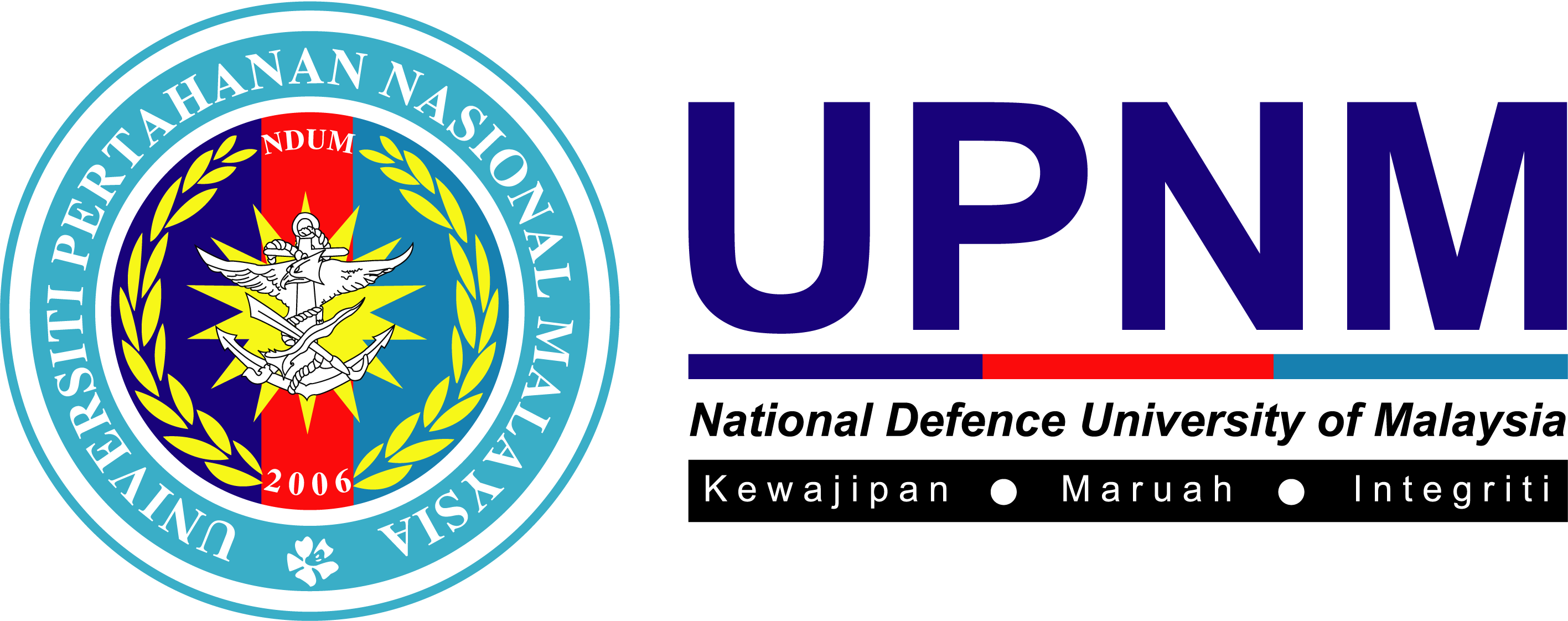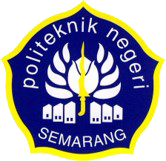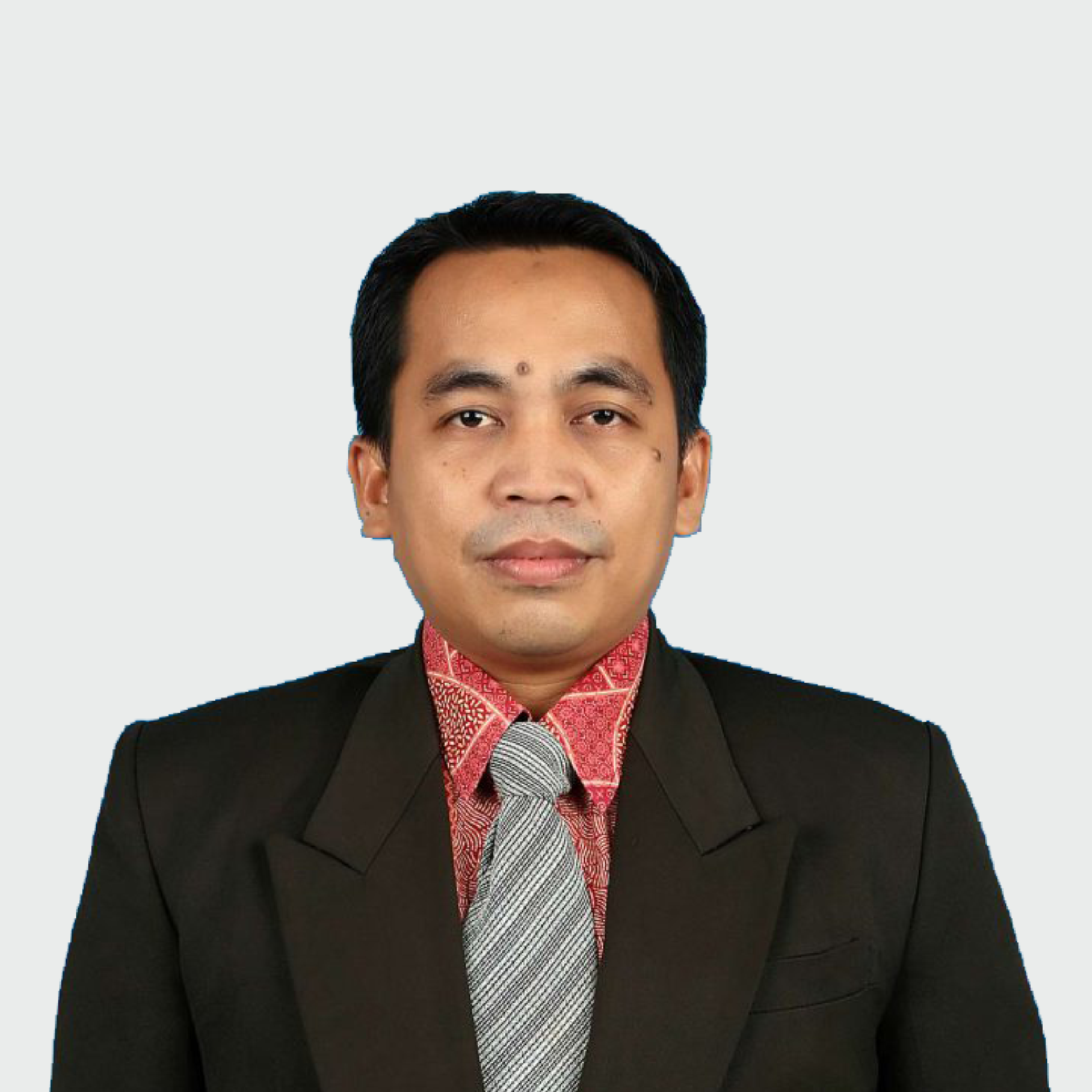Tokyo Metropolitan University, Japan


Topological Intelligence and Topological Twin
Abstract
Recently, various concepts on cyber-physical systems and digital twin have been proposed and discussed with the integration of information, intelligence, communication, and robot technologies. We often have to extract topological features and structures from given or measured big data to simulate a real-world phenomenon in the cyber world and to conduct multiscale and multiphysics simulations. Therefore, we proposed the concept of topological twin. The aim of topological twin is to (1) extract topological structures hidden implicitly in the real world, (2) reproduce them explicitly in the cyber world, and (3) simulate and analyze the real world in the cyber world. While we have to deal with the physical dynamics in the microscopic level, we have to deal with spatiotemporal qualitative relationships between objects, people, culture, and knowledge in the macroscopic level. Furthermore, we need a mesoscopic integration method connecting microscopic and macroscopic topological features. The topological twin plays the important role in extracting and connecting structures hidden in real world from the mutliscopic point of view. We can extract topological features and structures from big data, that are used as topological big data in different level of analysis. Furthermore, we need a multiscopic approach to deal with inference, learning, search, and prediction based on topological and graphical data as the methodology of topological intelligence. In this talk, first, we introduce the concept of multiscopic topological twin. Next, I explain various types of topological mapping methods, unsupervised learning methods, and graph-based methods related with topological intelligence. One of them is Growing Neural Gas (GNG) that can dynamically change the topological structure composed of nodes and edges. One important advantage of GNG is in the incremental learning capability of nodes and edges according to a target data distribution, but the computational cost of standard GNG is very expensive. Therefore, we proposed a method of multi-scale batch-learning GNG called Fast GNG. Next, we show the comparison result of Fast GNG with other methods. Furthermore, we show several experimental results of topological intelligence in trailer living laboratory, robot partners and mobility support robots. Finally, we discuss the applicability and future direction of multiscopic topological twin.Recently, various concepts on cyber-physical systems and digital twin have been proposed and discussed with the integration of information, intelligence, communication, and robot technologies. We often have to extract topological features and structures from given or measured big data to simulate a real-world phenomenon in the cyber world and to conduct multiscale and multiphysics simulations. Therefore, we proposed the concept of topological twin. The aim of topological twin is to (1) extract topological structures hidden implicitly in the real world, (2) reproduce them explicitly in the cyber world, and (3) simulate and analyze the real world in the cyber world. While we have to deal with the physical dynamics in the microscopic level, we have to deal with spatiotemporal qualitative relationships between objects, people, culture, and knowledge in the macroscopic level. Furthermore, we need a mesoscopic integration method connecting microscopic and macroscopic topological features. The topological twin plays the important role in extracting and connecting structures hidden in real world from the mutliscopic point of view. We can extract topological features and structures from big data, that are used as topological big data in different level of analysis. Furthermore, we need a multiscopic approach to deal with inference, learning, search, and prediction based on topological and graphical data as the methodology of topological intelligence. In this talk, first, we introduce the concept of multiscopic topological twin. Next, I explain various types of topological mapping methods, unsupervised learning methods, and graph-based methods related with topological intelligence. One of them is Growing Neural Gas (GNG) that can dynamically change the topological structure composed of nodes and edges. One important advantage of GNG is in the incremental learning capability of nodes and edges according to a target data distribution, but the computational cost of standard GNG is very expensive. Therefore, we proposed a method of multi-scale batch-learning GNG called Fast GNG. Next, we show the comparison result of Fast GNG with other methods. Furthermore, we show several experimental results of topological intelligence in trailer living laboratory, robot partners and mobility support robots. Finally, we discuss the applicability and future direction of multiscopic topological twin.
Biography :
Naoyuki Kubota is currently a Professor in the Department of Mechanical Systems Engineering, the Graduate School of Systems Design, and Director of Community-centric System Research Core, Tokyo Metropolitan University, Japan. He graduated from Osaka Kyoiku University in 1992, received the M.E. degree from Hokkaido University in 1994, and received the D.E. from Nagoya University, Nagoya, Japan, in 1997. He was an Assistant Professor and Lecturer at the Department of Mechanical Engineering, Osaka Institute of Technology, Japan, from 1997 to 2000. In 2000, he joined the Department of Human and Artificial Intelligence Systems, the School of Engineering, Fukui University, Japan, as an Associate Professor. He joined the Department of Mechanical Engineering, the Graduate School of Engineering, Tokyo Metropolitan University, Japan, as an Associate Professor in 2004. He was an Associate Professor from 2005 to 2012, and a Professor from 2012 at the Graduate School of Systems Design, Tokyo Metropolitan University, Japan. He was a Visiting Professor at University of Portsmouth, UK, in 2007 and 2009, and was an Invited Visiting Professor at Seoul National University from 2009 to 2012, and others. His current interests are in the fields of topological mapping, coevolutionary computation, spiking neural networks, perception-based robotics, robot partners, and informationally structured space. He has published more than 500 refereed journal and conference papers in the above research fields. He received the Best Paper Award of IEEE IECON 1996, IEEE CIRA 1997, MHS 2011, WAC 2012, HSI 2016, and so on. He was an associate editor of the IEEE Transactions on Fuzzy Systems from 1999 to 2010, the IEEE CIS Intelligent Systems Applications Technical Committee, Robotics Task Force Chair from 2007 to 2014, IEEE Systems, Man, and Cybernetics Society, Japan Chapter Chair since 2018, Vice Director, Tokyo Biomarker Innovation Research Association, Japan from 2020, and others.
Universiti Pertahanan Nasional Malaysia, Malaysia


Efficient Energy Consumption in Extending Wireless Sensor Networks (WSNs) Lifetime
Abstract
Wireless Sensor Networks (WSNs) have gained a great deal of attention owing to their wide applications in multifarious situations and established the recent technological revolution. Two important challenges in WSNs are coverage and network lifetime. The latter, where to extend the lifetime of the network, is the most attractive issue recently. This task which required an amount of energy is done by sensor nodes, which distributed in remote locations and powered by a limited capacity of batteries has caused a limitation in both the lifetime and the performance of the WSNs. The preliminary reviews and surveys have provided a few solutions for this issue and can be classified into two main categories; energy optimization which has been addressed and discussed widely in this field of study and energy-wasting avoidance.
Biography :
Lt Kdr Assoc. Prof. Ts. Dr. Mohd Norsyarizad bin Razali is an associate professor in Computational Mathematics at the National Defence University of Malaysia, and serves as Dean of Defence Science and Technology Faculty. He received Ph.D and M.Sc from Universiti Teknologi Malaysia. Prior to his current field, he had ten years of experience as the Weapon, Electrical and Electronics Engineering Officer in the Royal Malaysian Navy. His research interests include numerical computing, parallel computing, optimization, scheduling, wireless sensor networks, underwater acoustics, and sustainable & renewable energy. He is a PI for a RM6 million worth research grant in Wave Energy Converter from Ministry of Energy and Natural Resource, Malaysia.
Politeknik Negeri Semarang, Indonesia


Analysis of Slope Stability and Debris Flow Run-out
Abstract
Rainfall that triggers debris flow may be defined according to both empirical and physical thresholds. Empirical thresholds are based on historical analysis of the relationship between rainfall and debris flow events, and are a fundamental element of existing real-time warning systems. The most commonly used combinations of rainfall parameters are antecedent rainfall, and the duration, intensity, and cumulative amount of rainfall. To study rainwater infiltration into soil, an understanding of the hydraulic properties of soil is required. Among the soil hydraulic properties, hydraulic conductivity K, a measure of water movement in soil, has been frequently analyzed for its effects on slope stability. The soil water retention model is affected by saturated soil water content qs and residual soil water content qr, in which the difference between qs and qr is the effective soil porosity (ESP). This study presents a numerical model that estimates the rainwater infiltration into unsaturated slopes, the formation of a saturated zone, and the resultant change in slope stability. This model is then used to analyze the effects of soil porosity parameters (i.e., qs, qr, and ESP), on slope failure and the moisture condition of the corrupted material. The effects of antecedent rainfall, initial wetness of the slope, soil thickness, and slope gradient are also analyzed in this study.
Results of simulations with different ESP input data showed that, when the surface soil of a slope has a larger ESP value, the slope has a greater capacity for holding rain water, and delays the infiltration of water into the sub-surface layer. As a result, the increase of pore water pressure in the sub-surface layer is delayed. In this manner, a larger ESP value for the surface layer contributes to a delay in slope failure occurrence. Under a weak storm condition, slope failure tends not to occur if the surface soil has a larger ESP value. However, it was also found that a greater ESP value tends to increase the water content of the corrupted matter, which may result in the occurrence of debris flow, and in long distance transport of the debris. Therefore, under conditions of a greater ESP value, greater damage may be expected once slope failure occurs.
Biography :
Muhammad Mukhlisin is a Professor in the Department of Civil Engineering, Politeknik Negeri Semarang, Indonesia. He received the Bachelor of Engineering degree in civil engineering from Diponegoro University, Semarang, Central Java, Indonesia in 1992 and the Master of Engineering in Hydro Engineering from Gadjah Mada University, Yogyakarta, Indonesia in 1999. He obtained PhD degree from Kyoto University in 2005 under JICA (Japan International Cooperation Agency) scholarship program. From 2008 to 2014, he was a visiting lecturer in Department of Civil and Structural Engineering, Faculty Engineering and Built Environment, Unversiti Kebangsaan Malaysia (UKM) Malaysia and Department of Civil Engineering, Faculty of Engineering, King Mongkut's University of Technology Thonburi (KMUTT) Thailand on February 2020. Since February 2018 He has been appointed as the Head of International Office of Politeknik Negeri Semarang. He has published more than 180 papers on journals and conferences related to water resources, environmental and natural disaster issues including a number of keynote speakers and special lectures.
Diponegoro University, Indonesia


Recent developments in biodiesel productions
Abstract
The increasing energy demand encourages the search of new energy or renewable energy to replace the conventional fossil fuels. Biodiesel has attracted substantial interest as a potential substitute to the currently non-renewable fuels due to its biodegradability and environmentally benign nature. Biodiesel can be produced from multiple sources by different production processes among which transesterification is the most widely exploited process. This article reviews the developments of biodiesel production from heterogenous catalyst in enhancing the reaction and also the use of multi-feedstock production in order to solve the shortage of raw materials. This review also further describes optimization in biodiesel production and process intensification which may increase the conversion yield of biodiesel.
Biography :
Vice Dean of Academic and Student Affairs, School of Postgraduate Studies, Diponegoro University
Center of Biomass and Renewable Energy (CBIORE), Universitas Diponegoro
Email: hadiyanto@live.undip.ac.id
Hadiyanto is a Full Professor in Chemical Engineering, Faculty of Engineering, Universitas Diponegoro with the expertise in the field of Bioprocess Engineering. He has received his MSc Biotechnology (2003) and PhD Food Process Engineering (2007) from Wageningen University, The Netherlands. He was also a research scientist at NIZO Food Research BV Netherlands (2007-2009), Research Associate at Process Intensification Group at TU DELFT Netherlands (2010), visiting research fellow at KU Leuven Belgium (2011), Kyoto University (2012).
He established the Center of Biomass and Renewable Energy at Universitas Diponegoro and leads over 10 staffs and students to conduct research focusing on the biomass and bioenergy production.
He is working with several research projects both national and international collaborations in the bioprocess engineering area. He published over a hundred of peer reviewed papers, and sits on numbers of Editorial Board of international journals. He is currently the Editor in Chief of International Journal of Renewable Energy Development (IJRED)-a Scopus/ESCI indexed journal. He is also actively involved in Sustainable Energy and Environmental (SEE) Forum, Indonesian Accreditation Board for Engineering Education (IABEE), Member of European Algae Biomass Association (EABA). Currently, he is a Vice Dean of Academic and Student Affairs, School of Postgraduate Study, Diponegoro University (2019- present).
Scientific Profiles:
https://orcid.org/0000-0003-0074-7078
https://www.scopus.com/authid/detail.uri?authorId=7409585558
https://publons.com/researcher/1269176/hadiyanto/
Tokyo Metropolitan University, Japan


Human robot interaction base on considering internal condition and individuality
Abstract
Human-robot interaction and communication have become more important according to becoming widespread social robots that are active in daily life. This talk focuses on multimodal interaction, one of the important features of human-robot interaction towards the natural communication between humans and robots. Generally, multimodal data deal individually or comprehensively, but the data correlate with each other. To realize multimodal interaction regarding their correlation, we have been researching the integration of knowledge framework which combines fragmentary multimodal information and recognizes estimation of the human internal state of mind considering individual differences. Individual differences are one of the key factors in understanding the internal state, which is expressed in different ways. However, the data obtained from each person is limited, so we focus on correlation and similarity among their expression from the estimation accuracy. Our proposed methods restore it as the weight of multimodality. Differences in the expression way of the internal state mean the perception of robot expression is also different. Estimating a human internal condition is the viewpoint from robot to human, then I talk about robot expression considering individuality of human perception as a viewpoint from human to robot. This talk presents and discusses the individual traits relevant to the perception of robot expression which is conducted with multimodality.
Biography :
Assoc. Prof. Dr. Eri Sato-Shimokawara received her B.E., M.E., and D.E. in Systems Engineering Science from Tokyo Metropolitan Institute of Technology in 2002, 2004, and 2007. She was a Research Fellow of Japan Society for the Promotion of Science (JSPS) from 2004 to 2007. She was the Faculty of Systems Design of Tokyo Metropolitan University, as an Assistant Professor from 2007 to 2022. She has been an Associate Professor in the Faculty of Systems Design of Tokyo Metropolitan University, Japan, since 2022. She Her current research interests include human-machine interactions, multimodal interactions, soft computing, and intelligent robotics. She is a member of the Institute of Electrical and Electronics Engineers (IEEE), the Institute of Electronics Information and Communication Engineers (IEICE), the Japan Society for Fuzzy Theory and Intelligent Information (SOFT), and the Japanese Society for Artificial Intelligence (JSAI).